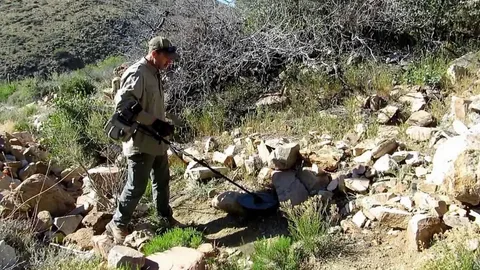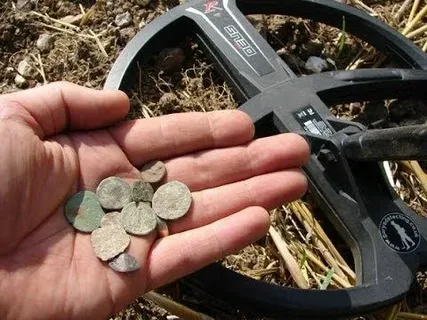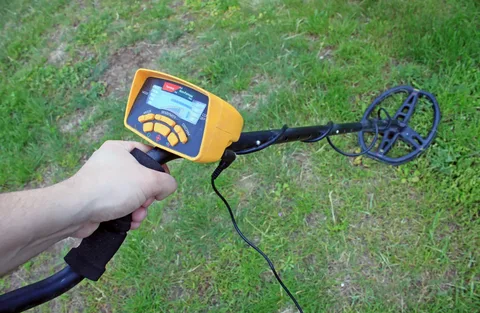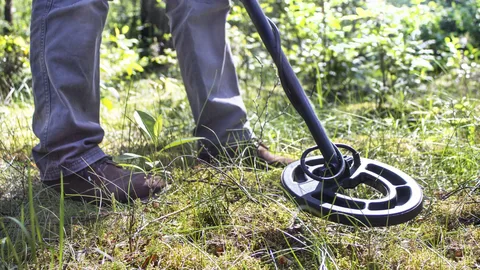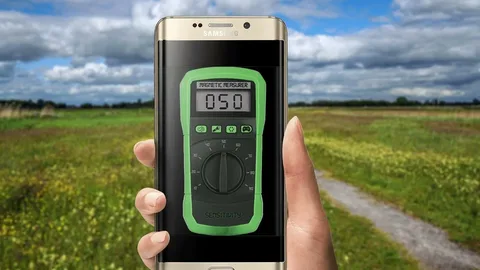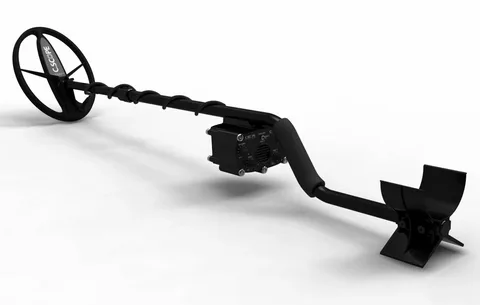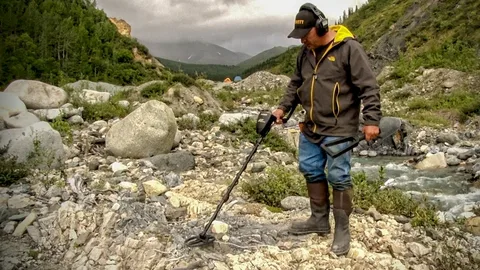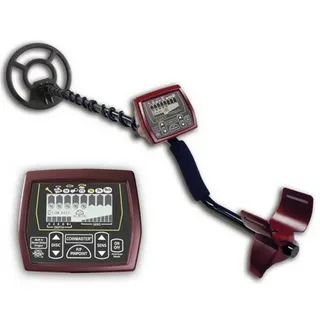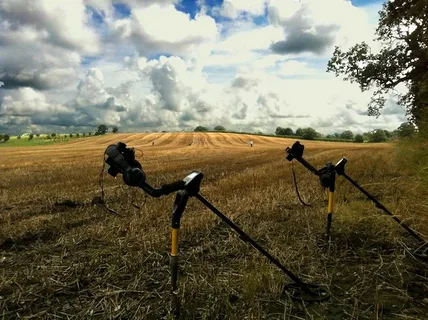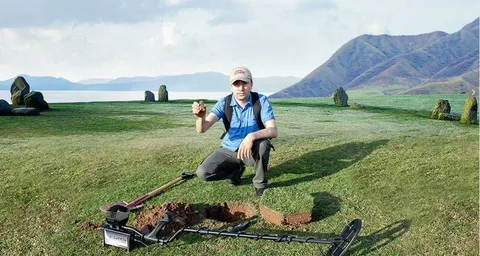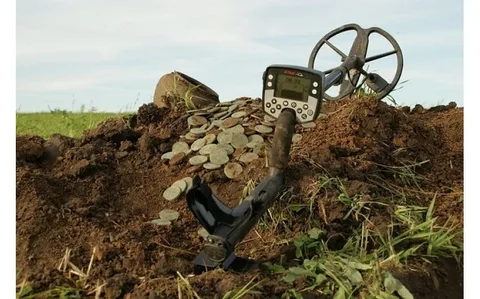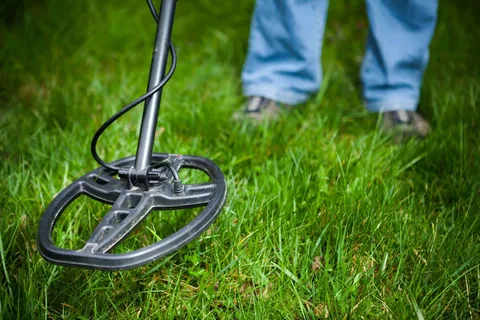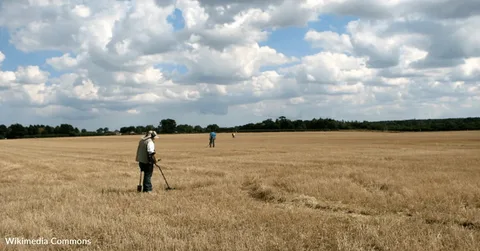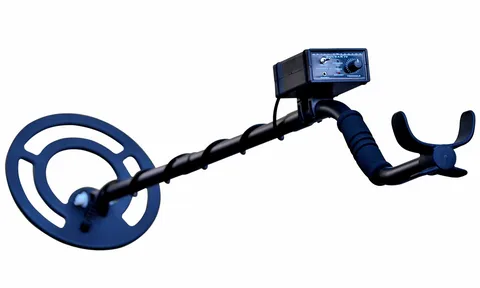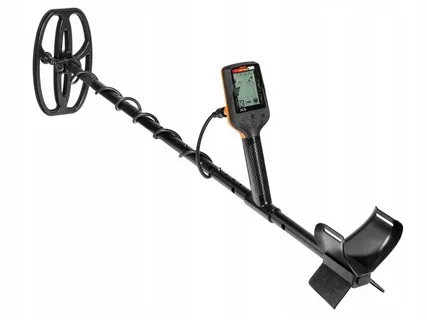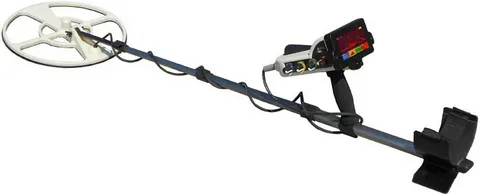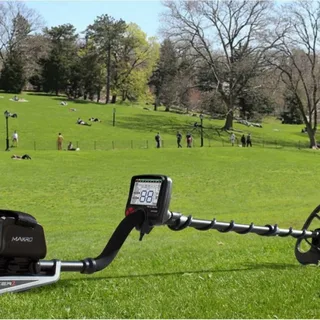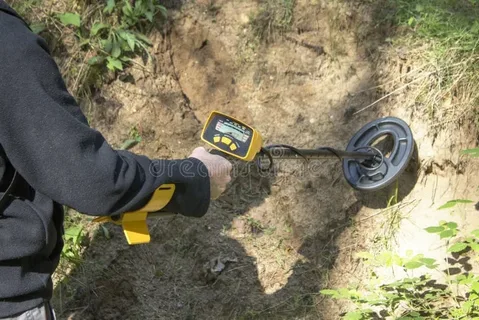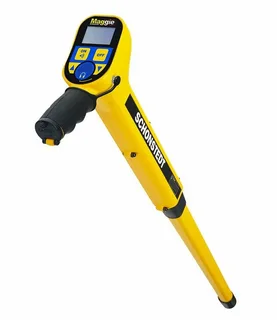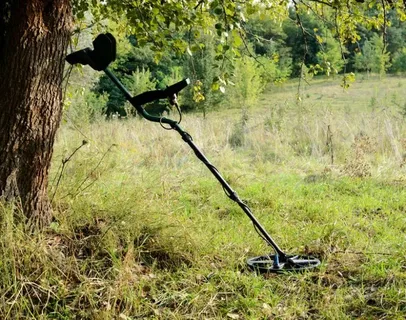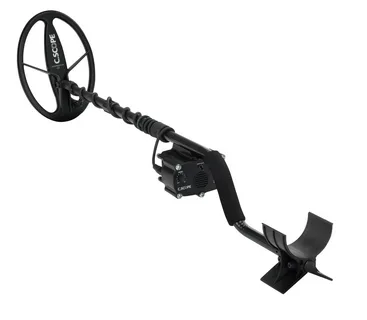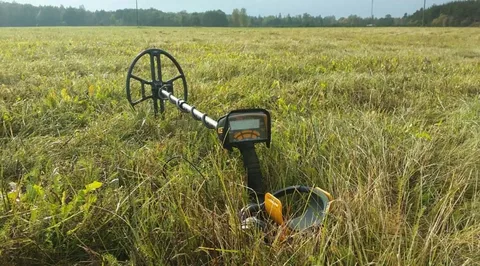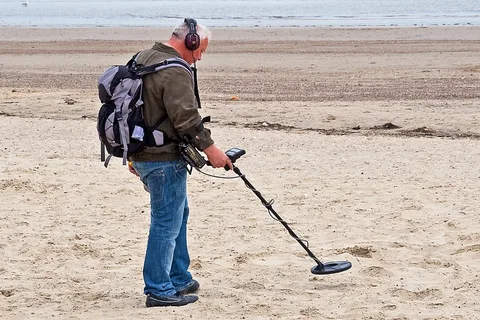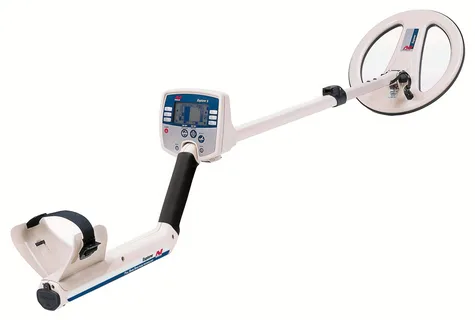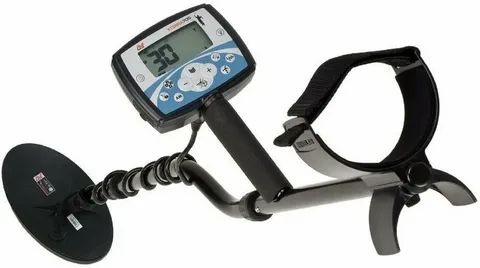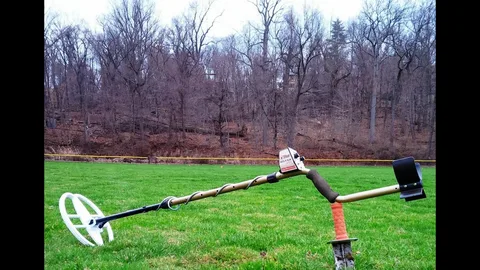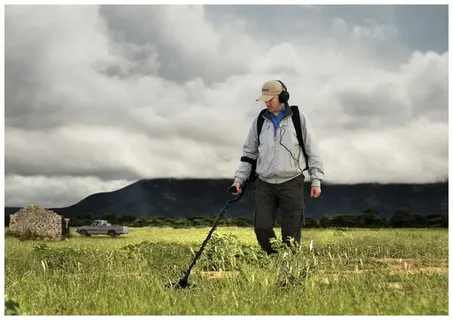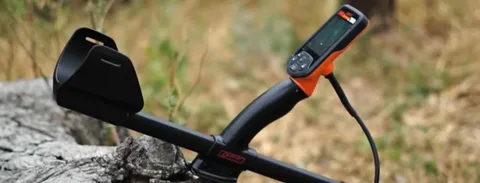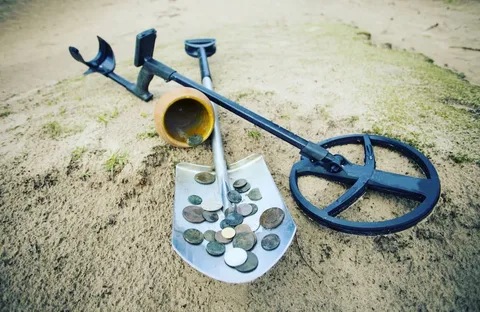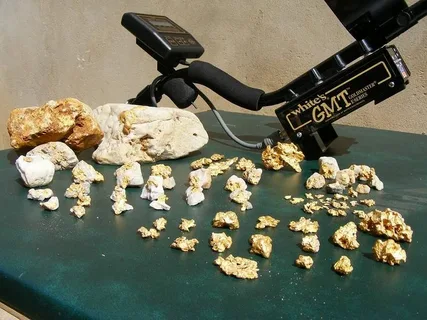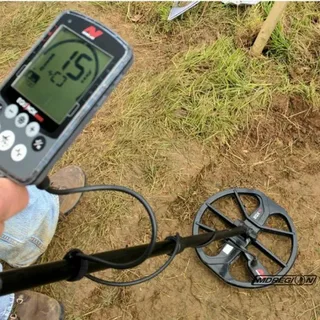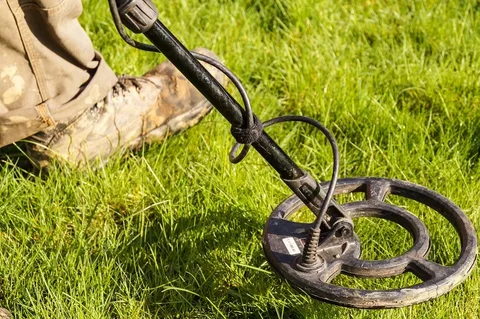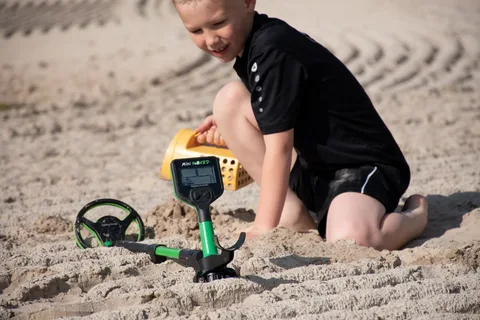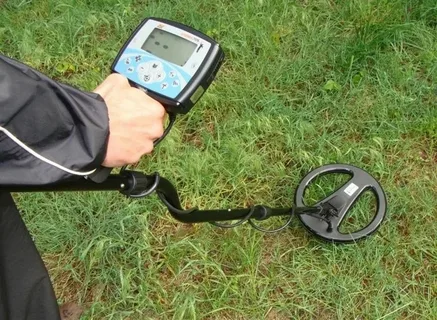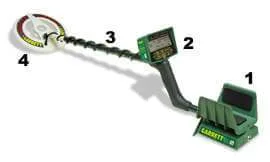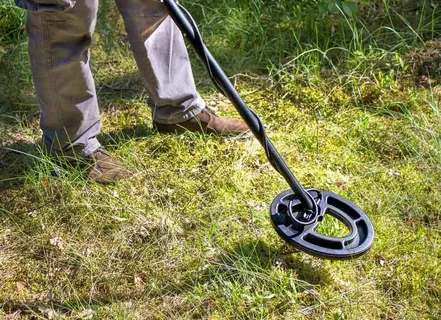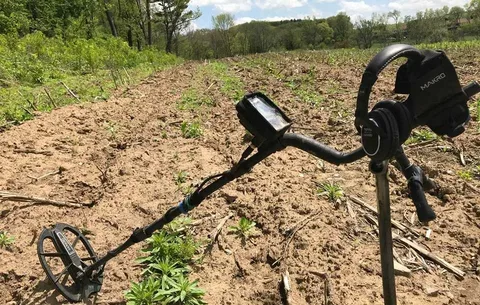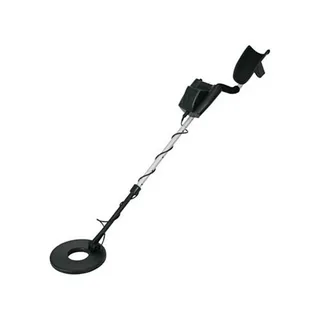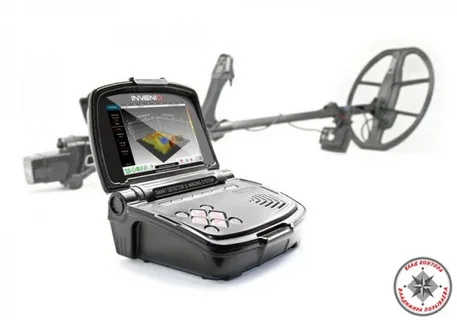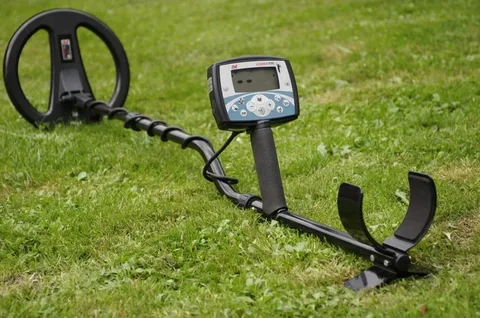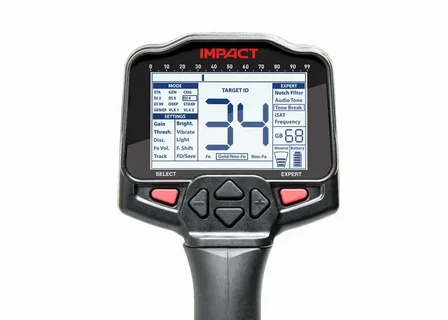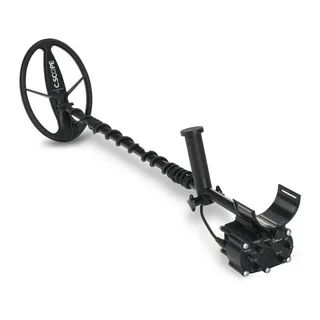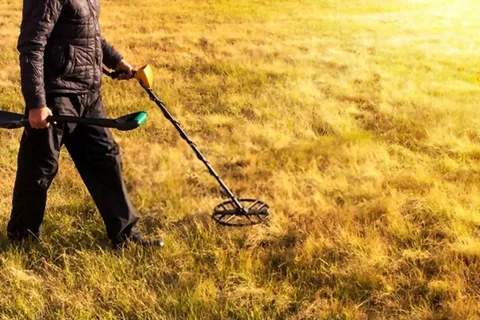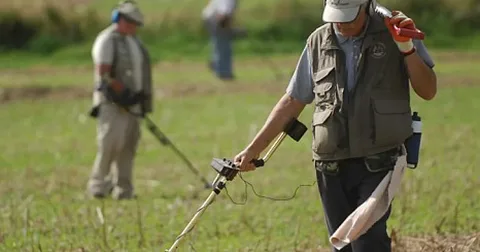Mineral prospecting, the process of exploring new territories for potential mineral resources, plays a crucial role in unlocking the untapped potential of these areas. In this article, we will examine the significance of mineral prospecting in new territories and its impact on the mining industry. Specifically, we will explore the opportunities and challenges associated with this endeavor, as well as the potential environmental and economic benefits that can arise from successful mineral prospecting efforts. By delving into this topic, we aim to shed light on the importance of responsible and sustainable mineral exploration in uncovering the valuable natural resources that lie beneath the surface of new territories.
Unlocking the Potential: Mineral Prospecting in New Territories is a comprehensive guide that delves into the process of mineral prospecting in previously unexplored areas. It covers important topics such as geological surveying, mineral identification techniques, legal and environmental considerations, and the potential economic benefits of mineral prospecting in new territories. This resource is essential for geologists, mining companies, and government agencies looking to expand their mineral exploration efforts into uncharted territories.
The Basics of Mineral Prospecting: A Beginner’s Guide
See also: gold mining and processing

The Basics of Mineral Prospecting: A Beginner’s Guide is a comprehensive resource for individuals new to the field of mineral prospecting. It covers fundamental techniques, tools, and strategies for identifying and locating valuable mineral deposits. The guide offers insights into geology, topography, and other key factors that influence the presence of minerals. Additionally, it provides practical tips for conducting surveys, using equipment, and interpreting data to make informed prospecting decisions. Whether for hobby or professional purposes, this guide is a valuable starting point for anyone interested in mineral prospecting.
Mineral Prospecting Techniques and Tools Every Geologist Should Know
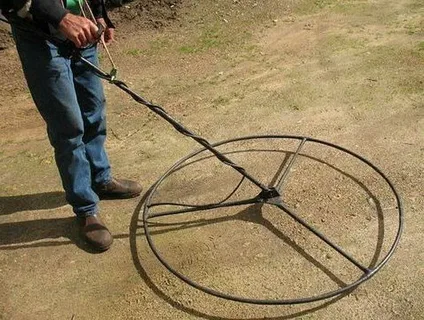
Mineral prospecting techniques and tools are essential skills for geologists. Some important techniques include geological mapping, geochemical sampling, geophysical surveys, and remote sensing. These methods help geologists identify potential mineral deposits and understand the structure and composition of the Earth’s crust. Common tools used in mineral prospecting include compasses, rock hammers, hand lenses, and GPS devices. Advanced techniques may also involve the use of specialized equipment like X-ray fluorescence analyzers and ground-penetrating radar. Overall, a combination of fieldwork, data analysis, and technical expertise is necessary for successful mineral prospecting.
Understanding the Importance of Mineral Prospecting in Modern Industry

Mineral prospecting in modern industry is essential for identifying potential sources of valuable minerals and resources. This process involves the exploration and evaluation of mineral deposits in various geographic locations. It plays a crucial role in sustaining the supply of raw materials for industries such as mining, construction, energy, and manufacturing.
By conducting mineral prospecting, companies can determine the presence of economically viable minerals and resources, which is crucial for the long-term sustainability of their operations. It also helps in minimizing the environmental impact by ensuring responsible and efficient extraction of minerals.
Furthermore, mineral prospecting plays a significant role in the advancement of technological innovation and research. It enables scientists and engineers to discover new materials and develop more efficient processes for extracting and utilizing these resources.
Overall, understanding the importance of mineral prospecting in modern industry is crucial for ensuring a steady supply of essential raw materials, promoting sustainable practices, and driving innovation in various industrial sectors.
Challenges and Opportunities in Mineral Prospecting Around the World

Challenges in mineral prospecting around the world include navigating complex regulatory environments, addressing environmental concerns, and tackling technical difficulties in locating and extracting mineral deposits. Additionally, political instability and social opposition can present obstacles to successful prospecting activities.
On the other hand, there are numerous opportunities in mineral prospecting, such as advancements in technology that enable more accurate and efficient identification of mineral resources, as well as the increasing global demand for minerals in various industries. Additionally, the development of new prospecting techniques and the discovery of previously untapped mineral deposits offer exciting opportunities for companies and prospectors in the sector.
The Future of Mineral Prospecting: Innovations and Advancements
The future of mineral prospecting is shaped by innovations and advancements in technology. This includes the use of remote sensing, satellite imagery, and geophysical surveying to identify potential mineral deposits. Additionally, advancements in data analysis and machine learning are also contributing to more efficient and accurate prospecting methods. Furthermore, the development of environmentally sustainable prospecting techniques and the integration of social and community considerations are also shaping the future of mineral prospecting. Overall, the industry is moving towards more efficient, sustainable, and socially responsible methods of discovering and extracting mineral resources.
Mineral Prospecting: Balancing Environmental Impact and Resource Discovery
Mineral prospecting is the process of searching for valuable minerals and ores within the Earth’s crust. This activity is important for identifying new sources of valuable resources such as precious metals, industrial minerals, and rare earth elements. However, mineral prospecting can have significant environmental impacts, including habitat destruction, soil erosion, and water pollution.
To balance the need for resource discovery with environmental protection, prospecting activities are typically regulated by government agencies to minimize their impact on the environment. This may involve obtaining permits and conducting environmental impact assessments before prospecting activities can begin. Additionally, prospecting companies may be required to use environmentally responsible techniques and remediate any damage caused by their activities.
In recent years, advancements in technology have allowed for more precise and less invasive prospecting methods, such as remote sensing and airborne surveys, which can help minimize environmental impact. Furthermore, the use of geospatial data and modeling techniques can help target prospecting efforts in areas that are less environmentally sensitive.
Overall, the balance between environmental impact and resource discovery is an ongoing challenge for the mining industry. By incorporating sustainable practices and embracing technological advances, it is possible to minimize the environmental footprint of mineral prospecting while still meeting the demand for valuable resources.
Mineral Prospecting in Remote Locations: Logistics and Considerations
Mineral prospecting in remote locations requires careful planning and consideration of logistical challenges. Access to remote areas may be limited, requiring the use of specialized transportation such as helicopters or off-road vehicles. It is essential to consider the availability of fuel, food, and medical support in these remote locations.
Additionally, the lack of infrastructure in remote areas can make it difficult to conduct prospecting activities. Basic amenities such as shelter and electricity may not be readily available, necessitating the use of portable equipment and power sources. Environmental factors such as extreme weather conditions and rugged terrain must also be taken into account when planning prospecting operations in remote locations.
Furthermore, conducting prospecting activities in remote areas may involve working with local communities and obtaining permits from government authorities. Cultural sensitivity and environmental impact assessments are important considerations when operating in these areas.
Overall, mineral prospecting in remote locations requires a thorough understanding of the logistical challenges and considerations involved, as well as careful planning and preparation to ensure the success and safety of the operation.
The Impact of Technology on Modern Mineral Prospecting Methods
Modern mineral prospecting methods have been significantly impacted by technology, leading to more efficient and accurate exploration processes. One of the key advancements is the use of remote sensing techniques, such as satellite imagery and aerial photogrammetry, to identify potential mineral deposits. These tools provide detailed geological mapping and allow for the detection of subtle surface features that may indicate the presence of valuable minerals.
Furthermore, the use of advanced geophysical instruments and data processing software has greatly improved the ability to detect underground mineral deposits. For example, electromagnetic and magnetic surveys can now be conducted with greater precision, while 3D modeling and inversion algorithms help to interpret the collected data more effectively.
In addition, the development of unmanned aerial vehicles (UAVs) and drones has revolutionized mineral prospecting by enabling the collection of high-resolution imagery and geospatial data in remote or inaccessible areas. This has expanded the scope of mineral exploration to previously unexplored regions and reduced the costs and risks associated with traditional ground surveys.
Overall, the impact of technology on modern mineral prospecting methods has been instrumental in enhancing the efficiency, accuracy, and cost-effectiveness of exploration activities, ultimately leading to the discovery of new mineral reserves and the sustainable development of mining projects.
Legal and Ethical Considerations in Mineral Prospecting Ventures
Legal and ethical considerations in mineral prospecting ventures include obtaining the necessary permits and permissions from government authorities, ensuring compliance with environmental regulations and conservation efforts, respecting the rights of indigenous communities and landowners, and adhering to ethical business practices. Additionally, transparency in reporting findings, maintaining the integrity of data and research, and promoting responsible mining practices are crucial aspects of ethical mineral prospecting ventures. Non-compliance with legal and ethical standards can lead to legal consequences, reputational damage, and negative impact on the environment and local communities. Therefore, it is essential for companies and individuals engaged in mineral prospecting to prioritize and uphold these considerations throughout their ventures.
Exploring the Economic Impacts of Successful Mineral Prospecting Endeavors
Exploring the Economic Impacts of Successful Mineral Prospecting Endeavors involves examining the financial benefits that can result from identifying and extracting valuable minerals from the earth. This can include the creation of jobs, increased investment in infrastructure, and the stimulation of local economies. Additionally, successful mineral prospecting endeavors can contribute to national economic growth through the export of minerals and the development of related industries. Understanding and analyzing these impacts is crucial for making informed decisions about mineral prospecting activities and their potential effects on both local and national economies.


